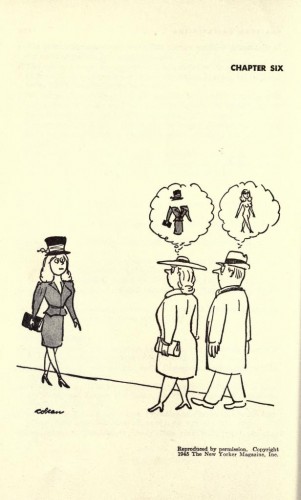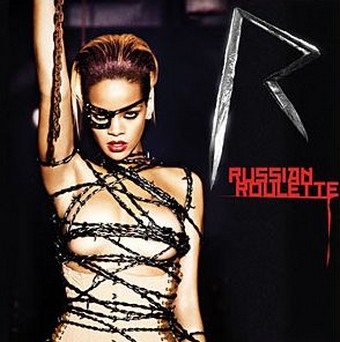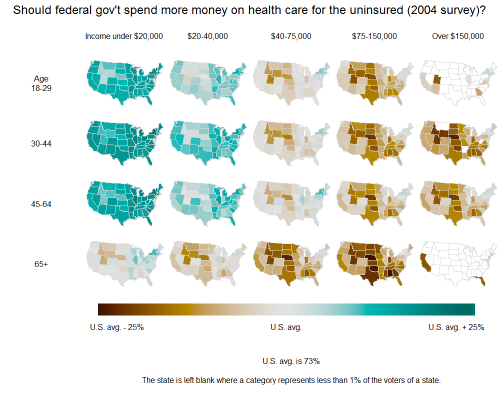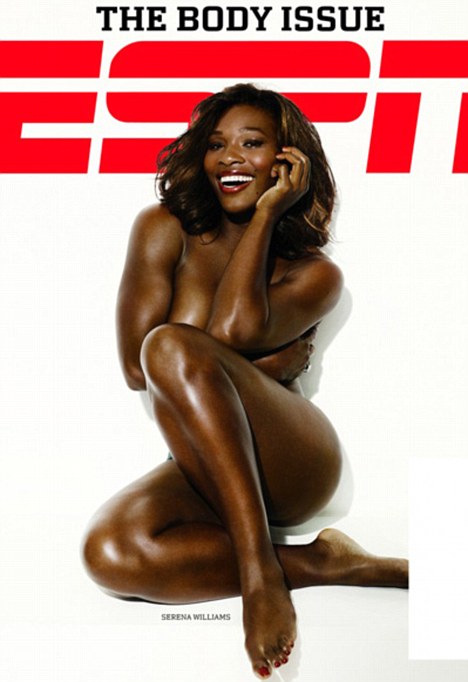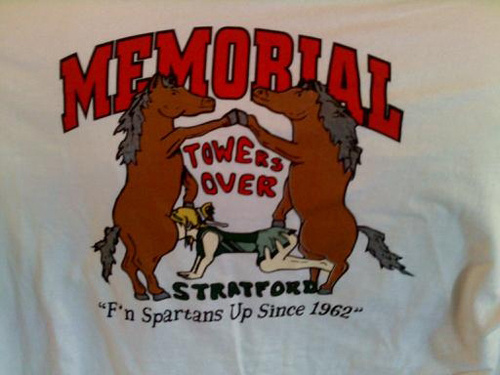Mary M. of Cooking with the Junior League sent me a link to amalah.com, where you will find images from a 1962 textbook titled When You Marry (you can find the full text of the 1953 edition without photos here, and Larry found a full pdf of the 1962 edition here):
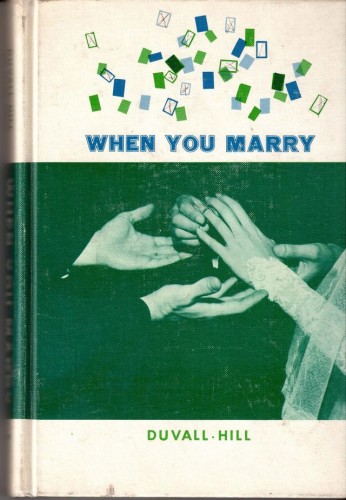
The book covers many aspects of dating and marriage and provides some fascinating insights into gender roles and social assumptions of the time. Here are some useful facts about social classes and families that you might like to know:
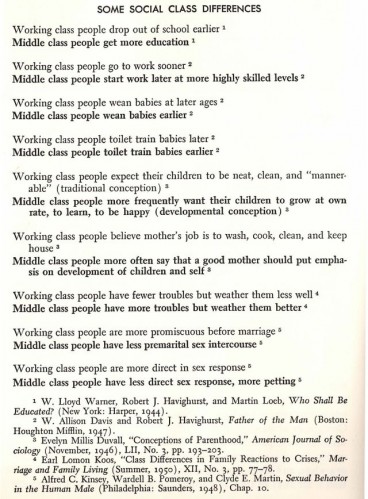
Working class people go to work sooner? Wow. Weird. But at least they have fewer troubles than the middle class. There are so many irritations you have to face when you aren’t poor, but at least you “weather” them well.
I may use this as an example of pointless graphs:
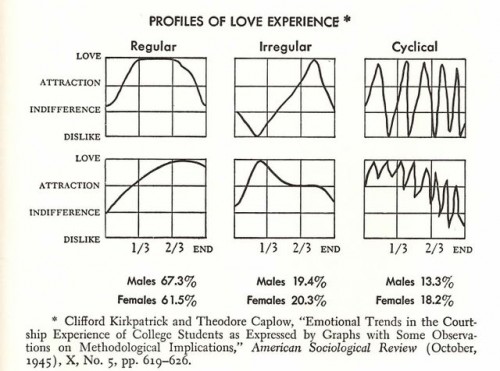
Here we have a list of some factors that are favorable, unfavorable, or unimportant for marital success; I’ve circled some of the more noteworthy items in red:
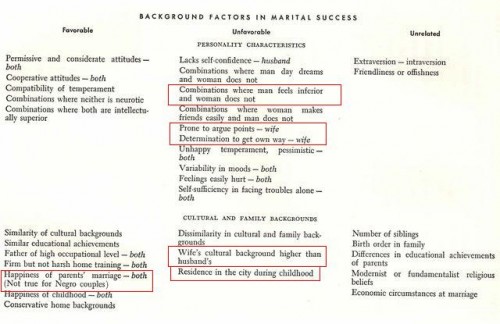
Text I highlighted:
[favorable]
Happiness of parents’ marriage —both (Not true for Negro couples)
[unfavorable]
Combinations where man feels inferior and woman does not
Prone to argue points–wife
Determination to get own way–wife
Wife’s cultural background higher than husband’s
Residence in the city during childhood
So you’re sure to have marital problems if the wife won’t give in on things and instead keeps being all argumentative and wanting her own way. I’m not sure what defines a cultural background as “higher” than others, but we see here the same pattern as we do with social class (which I presume is related to cultural background): it’s ok for men to “marry down,” but women aren’t supposed to.
The textbook provides a pretty grim depiction of sex for a newly-married couple:
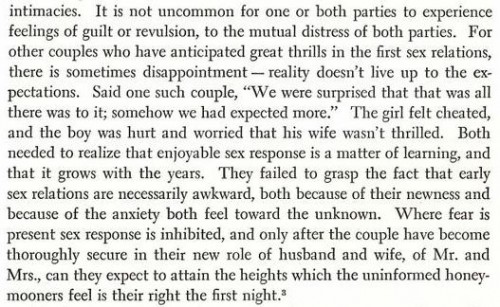
I found this little gem in on a page from the section on how ideals of marital life often don’t fit with reality:

It’s so widespread to think of marketing and advertising as manipulative today (even among those who like at least some ads or don’t see a real problem with them) that it’s striking to see such a sincerely positive portrayal of it as a helpful, even “kind” industry.
It is noteworthy that the textbook, used during the height of the “Leave it to Beaver” “traditional” family era, depicts the male-breadwinner/female-homemaker family form as a recent creation, as wives became “expensive luxuries”:
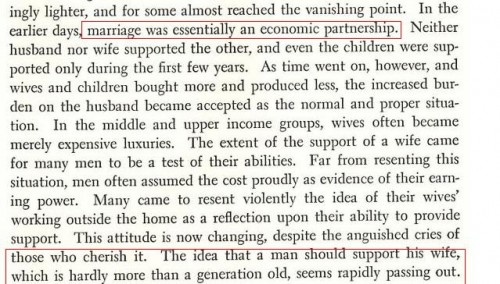
This section describing which women should work doesn’t seem to speak highly of women overall, since just a “few” of us have “special talents and skills.” However, it does make the point (in #5) that “a woman is not unemployed because she is not paid for her work,” an effort to bring attention to the value of women’s unpaid labor (in this instance, community/volunteer work):
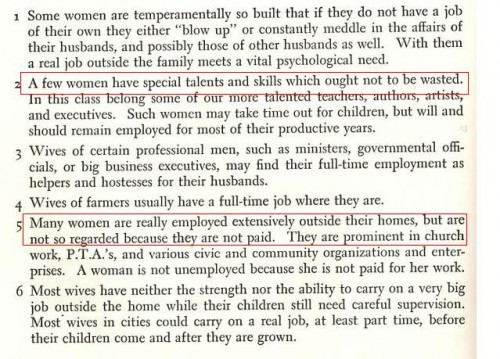
And then there is a helpful discussion of eugenics and good breeding :
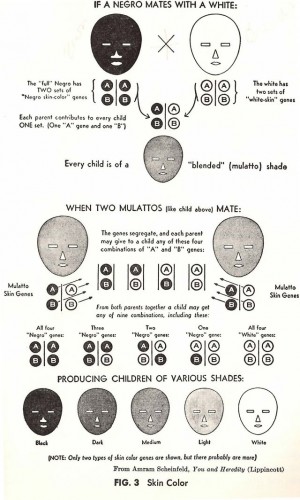

There’s a lot to ponder there. I think it’s fascinating the way that it illustrates some of our stereotypes about the 1950s/60s (women are supposed to be mothers, sex outside of marriage is bad, etc.) but contradicts others (the male-breadwinner family isn’t a long-standing “traditional” family but rather one they can clearly trace to the recent past, and which even then seemed like it might not last).
UDPATE: Larry looked through the pdf version of the whole book and found this nice cartoon:
